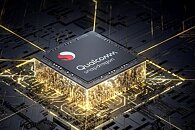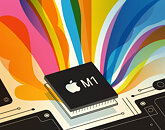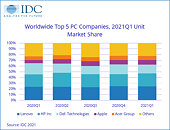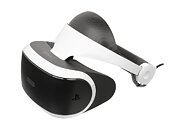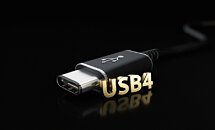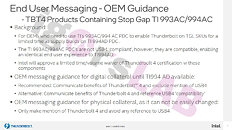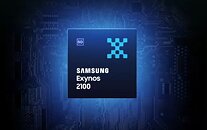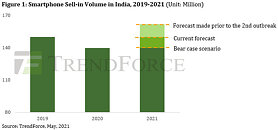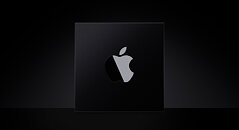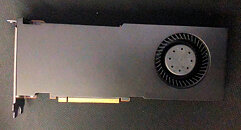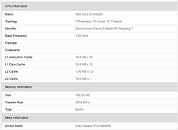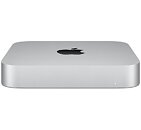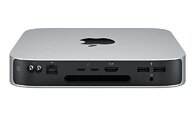Revenue of Top 10 OSAT Companies for 2Q21 Reaches US$7.88 Billion Due to Strong Demand and Increased Package/Test Prices, Says TrendForce
Despite the intensifying COVID-19 pandemic that swept Taiwan in 2Q21, the domestic OSAT (outsourced semiconductor assembly and test) industry remained largely intact, according to TrendForce's latest investigations. Global sales of large-sized TVs were brisk thanks to major sporting events such as the Tokyo Olympics and UEFA Euro 2020. Likewise, the proliferation of WFH and distance learning applications propelled the demand for IT products, while the automotive semiconductor and data center markets also showed upward trajectories. Taking into account the above factors, OSAT companies raised their quotes in response, resulting in a 26.4% YoY increase in the top 10 OSAT companies' revenue to US$7.88 billion for 2Q21.
TrendForce indicates that, in light of the ongoing global chip shortage and the growing production capacities of foundries/IDMs in the upstream semiconductor supply chain, OSAT companies gradually increased their CAPEX and expanded their fabs and equipment in order to meet the persistently growing client demand. However, the OSAT industry still faces an uncertain future in 2H21 due to the Delta variant's global surge and the health crisis taking place in Southeast Asia, home to a significant number of OSAT facilities.
TrendForce indicates that, in light of the ongoing global chip shortage and the growing production capacities of foundries/IDMs in the upstream semiconductor supply chain, OSAT companies gradually increased their CAPEX and expanded their fabs and equipment in order to meet the persistently growing client demand. However, the OSAT industry still faces an uncertain future in 2H21 due to the Delta variant's global surge and the health crisis taking place in Southeast Asia, home to a significant number of OSAT facilities.










